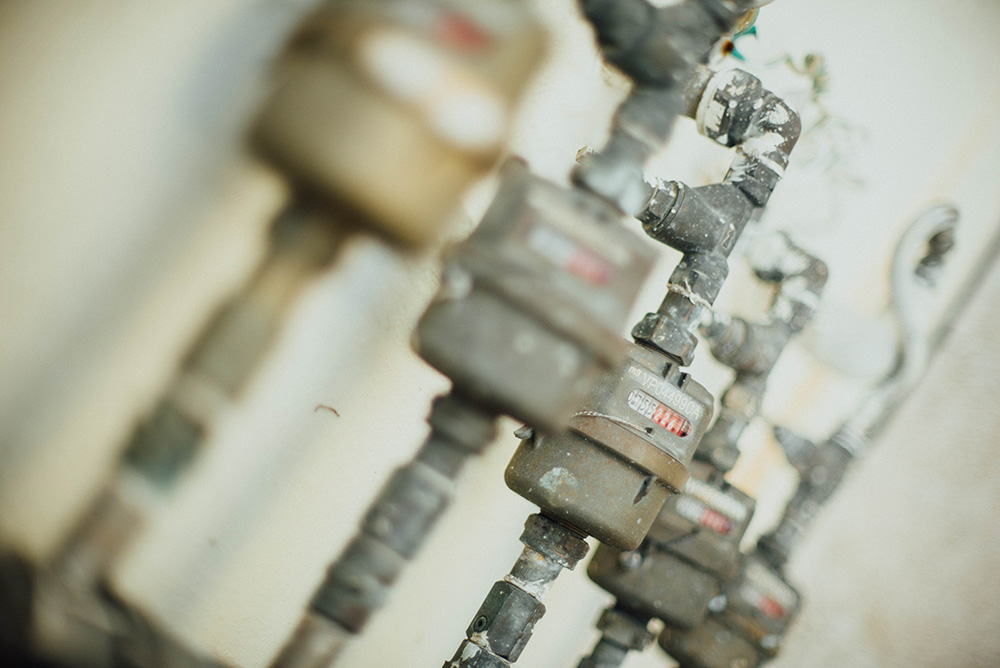In this guide, PartnerPete tells you how and why you should read your water, gas, and electricity meter in the Netherlands.
Why should I read my meter?
You should read your meter to ensure you pay the correct amount. If your energy company doesn’t receive an accurate meter reading, they calculate what your consumption is likely to be. There are many reasons why your actual consumption could be lower or higher than their estimates such as:
- Your house has been unoccupied for a period;
- The number of occupants has changed;
- You made your home more sustainable or switched to more energy efficient appliances
If the estimate is lower than your actual consumption, your annual invoice will not cover the costs. If, on the other hand, the estimate is higher than the actual usage, you will be paying more than you need to.
Three situations require to pass the meter reading: when moving, when switching to another energy company, and once a year so that your energy supplier can make an annual statement.
Are meters in the Netherlands read automatically?
A large portion of meters in the Netherlands are automatic and return readings to provide accurate statements. However, not all meters can be read this way and even those that can occasionally experience problems that result in a reading not being received by your energy company. So even if you have an automatic meter, you may occasionally be asked to read it.
How to read your meter
We’ll discuss how to read every type of meter available in the Netherlands. First, start with locating your meter. Usually, the meters are located close to the front door or in a central fuse box when you live in an apartment.
Reading the gas meter
Are you going to take your readings from the gas meter? People sometimes confuse the water and gas meter readings. Here you see a picture of a gas meter. A gas meter is larger than a water meter, is rectangular and has a metal case. The unit is m³. You do not have to include the three decimal places (in the red box).
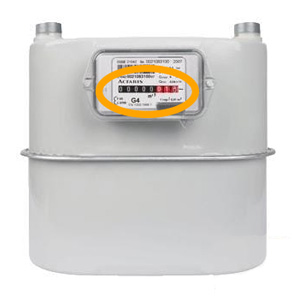
Reading the electric meter
If you have one rate (I), you only need to fill in that reading. It may be that you have two rates (II), but that only one rate is ‘running’. If you are not sure if a rate is active, note down the reading and check the next day if you see any difference
Electric meter 1 rate
This is an electric meter with one rate. Reading an electric meter is quite simple. The unit is kWh. Are there decimal places? Then you don’t have to include these.
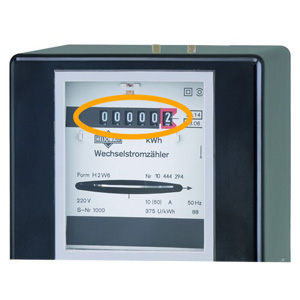
Electric meter 2 rates
This is an electric meter with two rates. The unit is kWh. Electricity I (T1) is the upper or the left rate. Electricity II (T2) is the lower or right rate. Are there decimal places? Then you don’t have to include these.

Electric meter with electronic display
This is an electric meter where up to 4-meter readings are digitally displayed. The unit is kWh. The readings on rates I and II (T1 and T2) show the consumption. The readings on rates III and IV (T3 and T4) show feed-in, for example, if you have solar panels and feed-in energy. If you don’t generate energy, they will stay at 0.
- Display: readings are shown one by one
The display will show 1 reading. The button on the meter lets you call up the different readings one by one. At the top of the display, you can see the corresponding rate. Please note down all readings, even if they are 0. - Display: all modes displayed
You will see the corresponding rate for each reading. Please note down all readings, even if they are 0.

Reading the smart meter
The smart meter is a digital meter that the grid manager uses to take your meter readings. You no longer have to submit the meter readings yourself, unless there is an issue. The unit is kWh and the meter reading is displayed digitally.
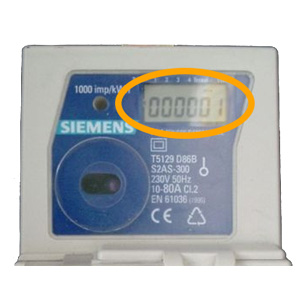
Reading the heat meter
This is a meter for district heating or city heating. Consumption of heat for the heating of your home is expressed in GJ. Please also enter the decimal places.
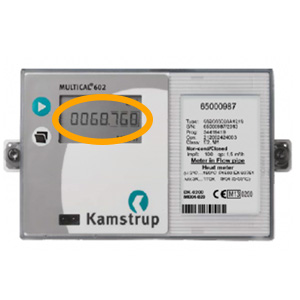
Reading the water meter
People sometimes confuse the water and gas meter readings. This could be because both are expressed in m3. On the right you see a water meter. A water meter is round. Please also enter the decimal places.
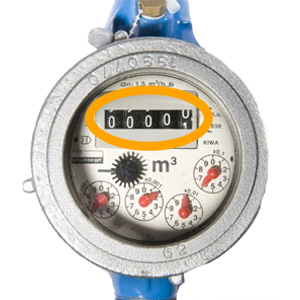
Need help with your home utilities?
PartnerPete arranges all connections in your (new) home free of charge including water and energy. We partnered up with the best utility providers to make sure you always get the best deal tailored to your specific needs.
Do you want more information about reading your meters or about connecting home utilities? Give us a call on +31 20 7372124 or leave your details and we will call you back as soon as possible.

